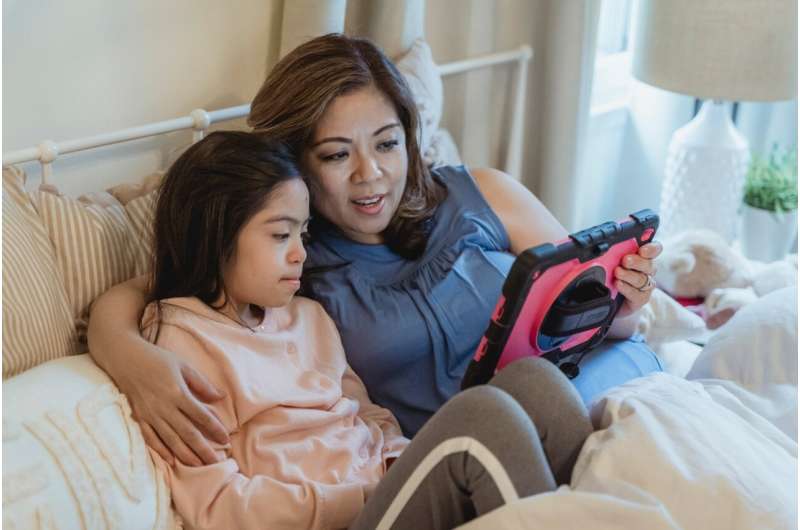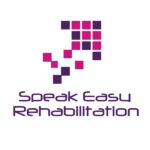Approximately 30% of individuals with autism have little to no functional speech, making it challenging to meet everyday communication demands. To engage in social, educational, and vocational opportunities, these individuals often rely on augmentative and alternative communication (AAC), which includes non-verbal methods such as gestures, facial expressions, picture boards, or communication apps on tablets. Despite the potential of AAC to enhance communication, current intervention strategies primarily focus on teaching requesting skills—such as asking for items or needs—while neglecting its use for social interactions like greeting others or expressing emotions.

A recent study published in Perspectives of the ASHA Special Interest Groups by researchers from Penn State College of Health and Human Development explored the challenges speech-language pathologists (SLPs) face when teaching AAC to autistic children with severe communication impairments. Led by Meghan Wendelken, the study found that while SLPs follow evidence-based practices, they often observe inconsistent progress and struggle to teach AAC for social communication. Additionally, difficulties in training communication partners, such as parents and teachers, further hinder the generalization of AAC skills beyond structured settings. These findings highlight the need for more effective intervention methods that prioritize social communication to enhance the quality of life for autistic individuals with minimal speech abilities.
Learn more by reading the complete article at: https://medicalxpress.com/news/2024-01-barriers-communication-children-autism.html
Do you know someone dealing with Autism? Contact Speak Easy Rehabilitation at 919.346.3350 to get help.
#autism #AAC #therapy

